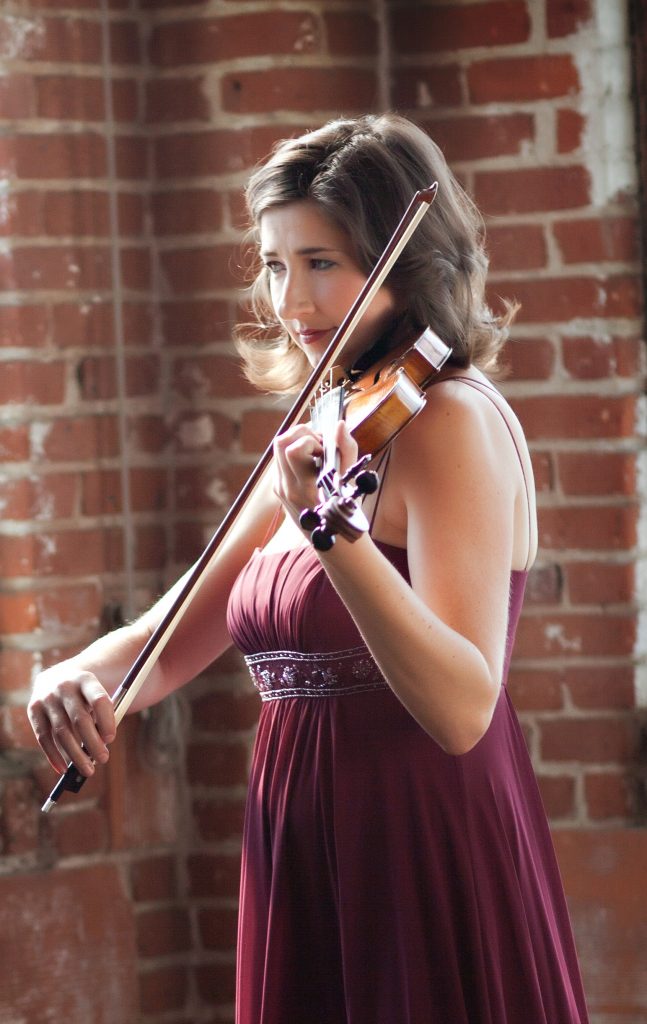Just What the Doctor Ordered: Art of Élan’s Latin American Voices
Art of Élan’s superbly performed program of Latin American chamber music on Tuesday (November 21), deftly curated by Artistic Director Kate Hatmaker, sent me out of the San Diego Museum of Art elated. And as I contemplated San Diego Opera’s upcoming productions of Daniel Catán’s marvelous second opera Florencia en el Amazonas and Ástor Piazzolla’s Maria de Buenos Aires slated for early in 2018, my expectations soared.
But the next morning I sobered up to the realization of how exceptional these offerings of classical Latin American music are in the music life of our myopic border town. In terms of programming, San Diego’s music organizations both large and small rarely include Latin American repertory. At the top of this “neglect list” I would put the San Diego Symphony, which rarely invites Latin American guest conductors, and whose last three music directors appeared to avoid Latin American music at all costs. Our San Diego choral directors look everywhere for new repertory–everywhere, that is, except for the rest of the countries in our own hemisphere.Back to Art of Élan’s refreshing Latin music musical oasis. Although each of the concert’s four works made its distinctive mark, I was completely taken by Silverstre Revueltas’ bracing String Quartet No 3 from 1931, a work of taut modernist construction exploding with Expressionist zeal, but without the dark overtones of Bartók or Shostakovich. The slow middle movement with its many stark solos, marked misterioso y fantastico, may have suggested some similarity to Bartók’s episodes of “night music,” but Revueltas appeared to be capturing mystery rather than fear.
Violist Che-Yen Chen’s evocative, haunting solo opened the Lento and set its tone. First violinist Tien-Hsin Cindy Wu countered with delicate pizzicato fragments that surrounded cellist Alex Greenbaum’s agitated retort in his highest range. The composer’s subsequent delicate web of sighs and assertive declarations created a transcendent otherworldly atmosphere, the perfect foil to the outer movements’ hard-edged counterpoint and acerbic harmonies.
Gabriela Ortiz’s 2012 song cycle, Tres Haikus for voice, flute and cello, traversed similar spiritual territory, although through a more restrained neo-medieval idiom that used the unadorned cello line as a spectral drone. Mezzo-soprano Priti Gandhi gracefully floated the melismas of Maria Baranda’s terse Spanish poetry in tandem with equally sinuous flute themes, articulated warmly by Pamela Vliek Martchev. Gandhi’s radiant performance captured this amazing Mexican composer’s fusion of expressive intimacy and ethereal beatitude.
The appreciation of Brazilian composer Heitor Villa-Lobos has waxed and waned since his death in 1959. Who has not heard some version of his iconic “Bachianas brasileiras” No. 5 for soprano and cellos? But his larger works have very few champions today. His 1957 “Quintette Instrumental” for flute, harp and three strings easily summed up his buoyant, easy-going neoclassicism. In the quintet’s three rhapsodic movements, Julie Smith Phillips offered a surfeit of sparkling harp glissandos and flourishes, while flutist Martchev played one charming melody after the other. The polish of Villa-Lobos’ writing cannot be denied, even though the sweetness of his tunes and harmonic progressions at times evoked those big Hollywood film scores of the 1940s. I appreciated the Villa-Lobos as dessert, but I thought the main dish was Revueltas.
Continuing the multi-course meal imagery, Alex Greenbaum’s program-opening Four Pieces for Solo Cello by Cuban composer Tania León proved much more than an amuse-bouche. Worthy of the tradition of J.S. Bach’s works for unaccompanied cello, each of León’s etudes explored at length an aspect of the instrument’s possibilities, from swift virtuoso leaps (the Allegro) to long meandering phrases (Lento doloroso) to raffish folkloric tunes (Montuno) to scrappy riffs and furious little cadenzas (Vivo). Greenbaum mastered these challenges with aplomb, employing his customary big, resonant timbre, modified only to support the requirements of the score.
Art of Élan presented this concert at the San Diego Museum of Art on November 21, 2017. The organization’s next performance is a Pop-up Concert—“Frida”—on January 12, 2018 at 7:00 p.m. in the same venue.

Ken Herman, a classically trained pianist and organist, has covered music for the San Diego Union, the Los Angeles Times’ San Diego Edition, and for sandiego.com. He has won numerous awards, including first place for Live Performance and Opera Reviews in the 2017, the 2018, and the 2019 Excellence in Journalism Awards competition held by the San Diego Press Club. A Chicago native, he came to San Diego to pursue a graduate degree and stayed.Read more…



